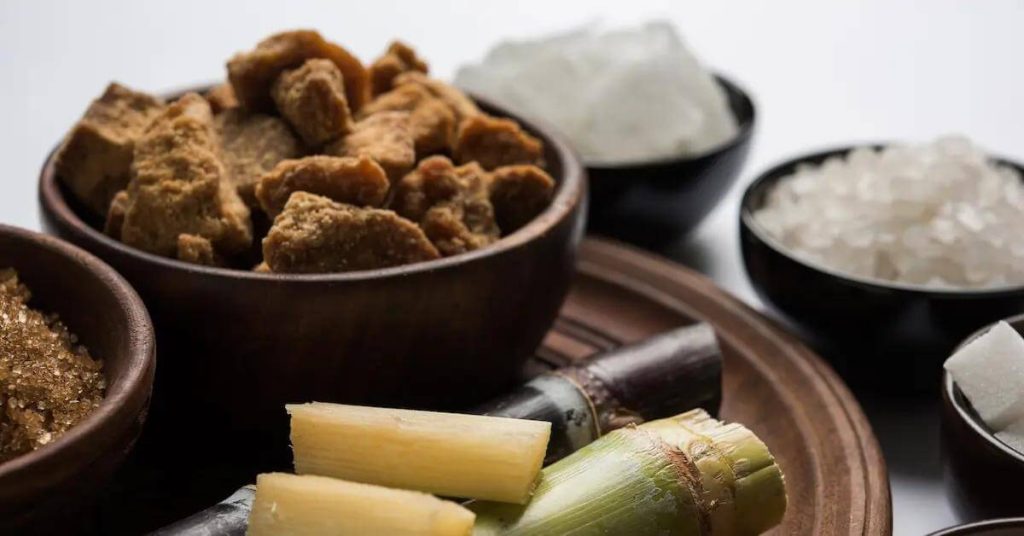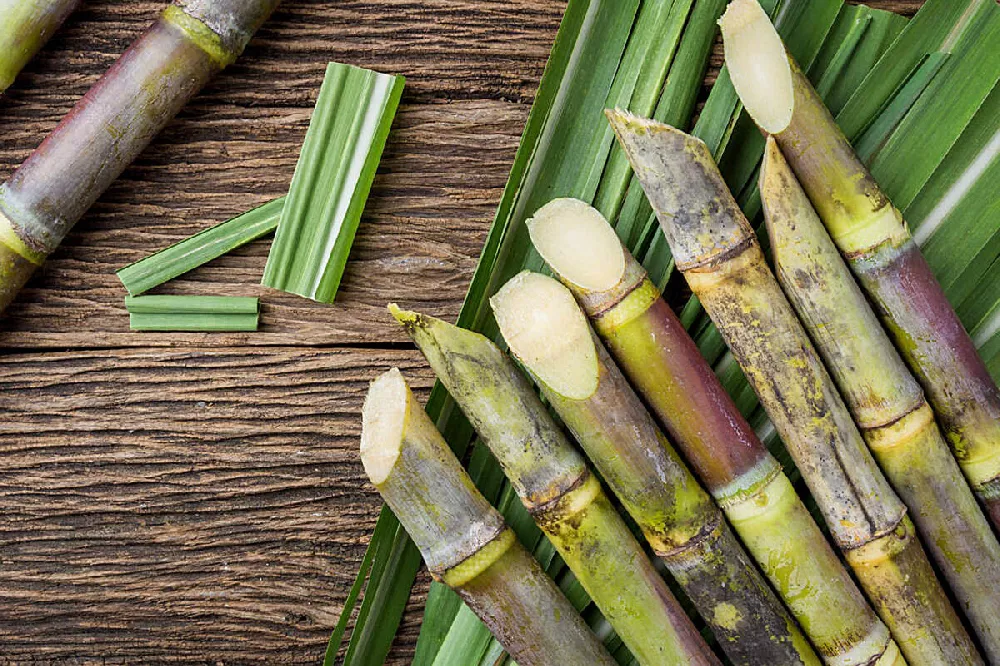Cane Sugar Processing: From Area to Table-- A Step-by-Step Guide
Cane Sugar Processing: From Area to Table-- A Step-by-Step Guide
Blog Article
Recognizing the Vital Methods and Technologies Used in Modern Walking Stick Sugar Handling
The evolution of cane sugar processing has actually been dramatically formed by the assimilation of advanced techniques and technologies that resolve both effectiveness and sustainability. As we check out these important advancements, it becomes essential to take a look at exactly how they not only improve production but also line up with broader market patterns and consumer needs, elevating concerns regarding the future of sugar processing and its implications for worldwide markets.
Historic Context of Walking Cane Sugar Processing
The historic context of walking stick sugar handling discloses a rich tapestry of agricultural development and social exchange that has shaped its development over centuries. Coming From Southeast Asia, sugarcane was cultivated as early as 8000 BCE - Cane Sugar Processing. The procedure of removing and refining sugar acquired momentum in India, where approaches for condensation were developed around the sixth century. This knowledge passed through to the Middle East, and by the 12th century, sugar ended up being a valued product in Europe, causing the facility of sugar plantations in the Mediterranean.

Advanced Extraction Strategies
Effectiveness in walking cane sugar extraction has seen substantial innovations, driven by the need for greater yields and lower production expenses. Typical techniques have actually advanced, paving the way to ingenious modern technologies that enhance the effectiveness of the removal process. One notable improvement is using enzyme-assisted removal, where particular enzymes break down cell walls and release more sucrose from the cane fibers. This technique not only raises sugar return however additionally decreases the power required for handling.
Additionally, the fostering of membrane filtration technologies, such as nanofiltration and turn around osmosis, has reinvented the splitting up of sugar from contaminations. These techniques enable the discerning permeation of sugar molecules while maintaining larger contaminants, enhancing the removal procedure and lessening waste.
Furthermore, the integration of constant extraction systems has actually brought about improved functional performance. Cane Sugar Processing. These systems maintain a constant flow of walking stick material, making certain optimal removal problems and lowering downtime linked with batch processing
Ingenious Refining Technologies
Refining strategies in walking cane sugar handling have undergone a transformative shift, driven by the need for higher pureness and boosted item high quality. Among the most remarkable innovations is the adoption of membrane purification technologies, such as ultrafiltration and nanofiltration. These processes successfully eliminate contaminations and colorants without the requirement for extensive chemical treatments, consequently protecting the sugar's all-natural flavor and improving its appeal.
Another substantial innovation is using ion exchange resins, which permit selective elimination of unwanted ions from sugar remedies. This innovation not only increases the overall pureness of the final item however also adds to minimized waste and ecological impact.
Moreover, advancements in adsorption techniques, utilizing activated carbon and other sophisticated products, have confirmed reliable in decolorizing sugar solutions while keeping ideal high quality. The integration of these cutting-edge refining a fantastic read technologies guarantees that suppliers can generate refined sugar with exceptional quality and preference, fulfilling the advancing choices of customers.
Automation and Control Solution
Recent developments in refining innovations have paved the means for substantial improvements in automation and control systems within cane sugar handling facilities. These systems use sophisticated software application and hardware to enhance operational performance, lower human error, and guarantee regular more helpful hints item top quality.
Modern automation incorporates numerous components, consisting of sensors, actuators, and programmable logic controllers (PLCs), enabling real-time surveillance and control of essential processes. For example, stress, temperature level, and circulation prices can be precisely managed throughout extraction, explanation, and condensation stages, enhancing performance and reducing waste.
Additionally, progressed data analytics and artificial intelligence formulas play a critical function in anticipating maintenance, enabling operators to expect tools failings before they occur. This aggressive approach not only reduces downtime however also prolongs the life expectancy of equipment.
Additionally, automation facilitates the execution of Market 4.0 principles, empowering sugar mills to attain higher connection and data exchange across procedures. Consequently, decision-making ends up being more nimble and informed, ultimately improving the overall competitiveness of walking cane sugar production. With these improvements, the industry is well-positioned to satisfy expanding global needs while keeping functional excellence.
Sustainability Practices in Sugar Production
Sustainability techniques in sugar manufacturing have become significantly crucial as the market looks for to stabilize economic stability with ecological obligation. As customer recognition grows pertaining to the ecological impacts of agricultural methods, sugar manufacturers are adopting innovative techniques to minimize their eco-friendly footprint.
One substantial technique is the application of accuracy farming techniques, which make link use of data analytics to optimize source usage, such as water and plant foods. This decreases waste and reduces the effect on regional environments. Furthermore, many producers are transitioning to renewable resource resources, such as biomass from sugarcane results, to power their operations, therefore decreasing reliance on fossil fuels.
Water monitoring methods are also crucial; rainwater harvesting and reliable watering systems aid mitigate water shortage problems. Cane Sugar Processing. Additionally, integrated bug monitoring strategies minimize chemical use, advertising biodiversity and soil wellness
Corporate social duty campaigns are emerging, with business investing in regional communities and guaranteeing fair labor methods. By welcoming these sustainability practices, the sugar sector not only boosts its track record however likewise adds to an extra sustainable farming landscape, leading the way for future generations.

Conclusion
In summary, contemporary walking cane sugar handling integrates a variety of advanced strategies and modern technologies that significantly improve effectiveness, yield, and sustainability. The adoption of innovative removal and refining techniques, alongside automation and control systems, helps with enhanced functional performance and item top quality. Furthermore, the emphasis on sustainable practices highlights a commitment to reducing ecological effect and advertising honest production. Collectively, these innovations place the walking stick sugar market to fulfill modern demands while dealing with vital international obstacles.
The evolution of walking stick sugar processing has been significantly shaped by the assimilation of innovative strategies and modern technologies that deal with both effectiveness and sustainability.The historic context of walking stick sugar handling exposes a rich tapestry of farming technology and social exchange that has actually formed its development over centuries. Developments in milling and refining arised, laying the groundwork for modern walking stick sugar processing.Refining methods in cane sugar handling have gone through a transformative change, driven by the need for higher purity and improved product high quality.In summary, contemporary cane sugar processing includes a variety of advanced methods and technologies that considerably improve sustainability, yield, and efficiency.
Report this page